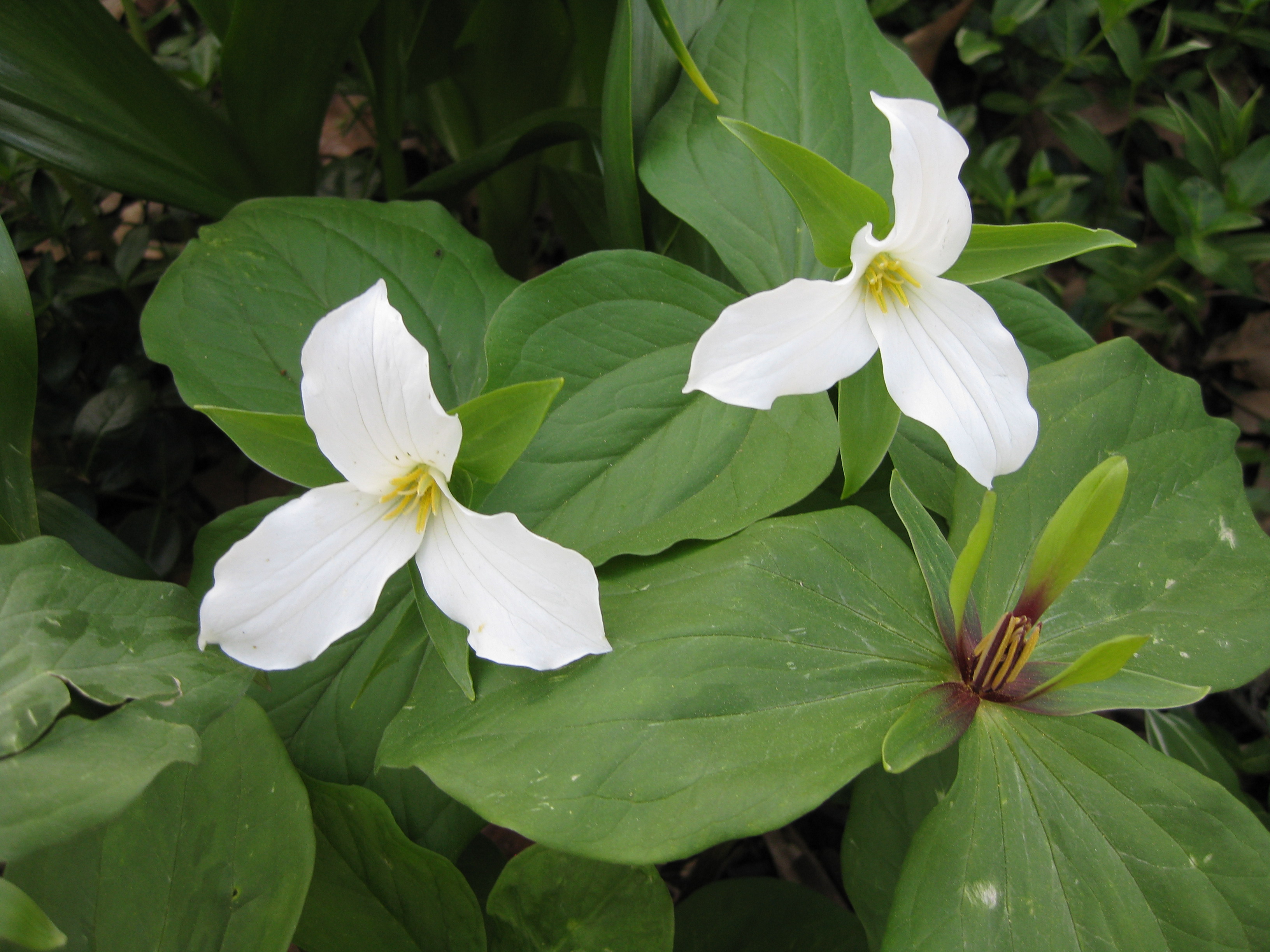Deer Browse and Spring Ephemerals
Contact
University of Arkansas System Division of Agriculture
Cooperative Extension Service
2301 S. University Ave.
Little Rock, AR 72204

Deer Browse and Spring Ephemerals
Driving the Pig Trail through the Boston Mountains in the winter reminds me of how difficult it is to live off of the land. Having driven this beautiful road hundreds of times at all hours of the day and night and in every season, I’ve always been struck by how little wildlife I see. Yes, it is the deep woods where all sorts of creatures live, but it is also a hard place to make a living unless you like to eat acorns.
A friend and I are in the process of planning a small garden space for spring ephemerals atop a Madison County mountain. Ephemerals are the native woodland flowers that come up early, flower, set seed and die away below ground before the trees suck all of the water out of the soil. I’m a sucker for these little, early-season gems and know from experience it takes time to create an effective show using them.
Trilliums are at the top of my wish list. Though not all that closely related, some authors have likened them to woodland tulips. There are 35 species native in the eastern woodlands of North America with half a dozen found in Arkansas. Unfortunately, or so it seems to me, finding them in the wild is becoming less common.
I started what I called my trillium bed about 25 years ago in Fayetteville in a fenced backyard on the north side of Mount Sequoiah. It was a raised bed made from a mixture of recycled greenhouse potting soil and a bit of sand, providing sharp drainage and was as close as I could make to a rich woodland soil. Over the years I added a few plants as I found them offered at the Arkansas Flower and Garden Show and even occasionally at local big-box retailers.
Every spring I would photograph the bed, watching the trilliums as they emerged and flowered. It was a slow process, with most of them taking three years before first flower and a couple more before they looked like much. By year 10, they looked pretty good. During that period, I even had Trillium sessile reseed, but blooming plants take another five to seven years.
Over the years it seems to me that encountering trilliums in the wild is becoming less common. Deer, it turns out, love eating trilliums. Several studies in the northern states and Canada have borne this out. By fencing small patches where trilliums grow naturally, researchers have found that over a few years deer browse reduced blooming by as much as 90 percent, and given enough time, could kill out a stand.
I had this happen with a beautiful bed of the August blooming Hosta plantaginae “Royal Standard” that grew in my front yard. As far as I am concerned, this hosta is the only one worth growing for its flowers. It bloomed for me like clockwork the first week of August until the deer discovered it. In three years the planting was gone, another victim to the hungry hordes.
For immigrants from northern Europe, March is known as the “long and hungry month.” With 31 days and following the shortest month of the year, it is indeed long. It was a hungry time because the stored vegetables and even the supply of stored grains were nearing depletion. The lengthening days and the first emergence of green dandelion shoots was a tease of better things to come. Deer find themselves in a similar situation in early March when the first spring ephemerals push above the fallen carpet of leaves.
Amongst the favorite deer browse in early spring are some of the showiest wildflowers including trilliums, bellworts (Uvularia), and ladyslipper orchids. Not only are all three of these plants slow to reproduce naturally, they seldom appear in abundance.
Fortunately, most of the early spring woodlanders – things like Hepatica, toothwort, rue anemone, crested iris, bloodroot, dutchman’s breeches, woodland phlox, mayapple, wild ginger and all of the ferns – have evolved strategies that prevent becoming deer kibbles.
As we move forward with the ephemeral garden, trilliums will be a part of it. But the plantings will be scattered about in a small fenced area, some amongst the hopefully protective fronds of Christmas ferns, and some near the few hostas that get an occasional deer repellent spray. And a few will be planted in the open, just in case Ozark deer have been given a bum rap and don’t really care for these early spring beauties.
